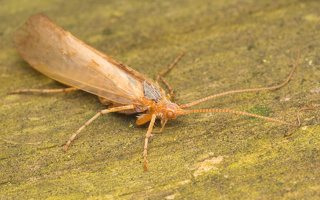- sort orderDefault
Photo title, A → Z
Photo title, Z → A
✔ Date created, new → old
Date created, old → new
Date posted, new → old
Date posted, old → new
Visits, high → low
Random - Google Map
- map
 home / Insecta · vabzdžiai / Trichoptera · apsiuvos / Limnephilidae · medvėžiai / Limnephilus flavicornis · apsiuva
home / Insecta · vabzdžiai / Trichoptera · apsiuvos / Limnephilidae · medvėžiai / Limnephilus flavicornis · apsiuva

-
 Limnephilus flavicornis · apsiuva
Limnephilus flavicornis · apsiuva
-
 Limnephilus flavicornis · apsiuva
Limnephilus flavicornis · apsiuva
-
 Limnephilus flavicornis · apsiuva
Limnephilus flavicornis · apsiuva
-
 Limnephilus flavicornis · apsiuva
Limnephilus flavicornis · apsiuva
-
 Limnephilus flavicornis · apsiuva
Limnephilus flavicornis · apsiuva
-
 Limnephilus flavicornis · apsiuva
Limnephilus flavicornis · apsiuva
-
 Limnephilus flavicornis · apsiuva
Limnephilus flavicornis · apsiuva
-
 Limnephilus flavicornis · apsiuva
Limnephilus flavicornis · apsiuva
-
 Limnephilus flavicornis · apsiuva
Limnephilus flavicornis · apsiuva
-
 Limnephilus flavicornis · apsiuva
Limnephilus flavicornis · apsiuva
-
 Limnephilus flavicornis · apsiuva
Limnephilus flavicornis · apsiuva
-
 Limnephilus flavicornis · apsiuva
Limnephilus flavicornis · apsiuva
-
 Limnephilus flavicornis · apsiuva
Limnephilus flavicornis · apsiuva
-
 Limnephilus flavicornis · apsiuva
Limnephilus flavicornis · apsiuva
Limnephilus flavicornis · apsiuva
- Gemeine Köcherfliege
- hirsiputkisirvikäs
- bagiennik żółtorogi
- trichopteraireland.wordpress.com/2017/07/12/species-profile-limnephilus-flavicornis
- naturespot.org.uk/species/limnephilus-flavicornis
- gbif.org/species/1442690
Length 11 to 17 mm. A very pale species, often with a greasy appearance. Forewings narrow with an almost straight front edge and sharply truncated at the tip. Individual species are difficult to distinguish.
It is a species whose larvae can be found in lakes, ponds and pools. Its substratum preference includes plant material, particulate organic matter, sand and gravel, in standing and slow-flowing water mainly in small ponds. Limnephilus flavicornis has a case made from thin sections of plant material arranged in a criss-cross fashion. Its larvae can occur in brackish water and shows no preference for pH.
In temperate areas, Limnephilus flavicornis has a univoltine (one generation per year) reproductive cycle. Adults can be found on the wing from May to November, with a summer diapause.